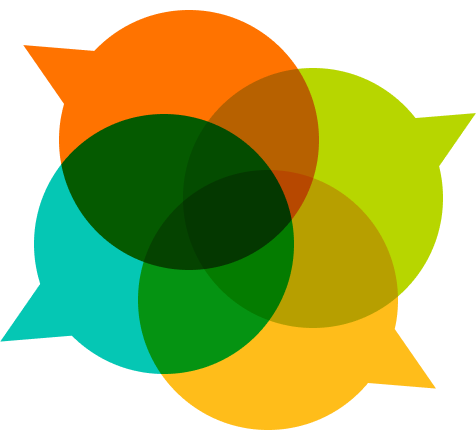Backwards Design: What Will People Learn in Your Course?
Everyone has their favorite readings, ideas and activities that they might want to pull into their courses. But designing a course is about selecting the right elements that will bring about transformation.
Start with what you want folks to know. Work backwards from there.

credit: http://techknowtools.files.wordpress.com/2012/04/3stages.gif
- What ideas or skills do you want students to master in your course? Make a list of 3-5.
- Think about what kinds of projects students might complete to show mastery of those ideas or skills. Jot down 1-2 ideas.
- You now have the learning outcomes for your course. Post your learning outcomes and project ideas below!
